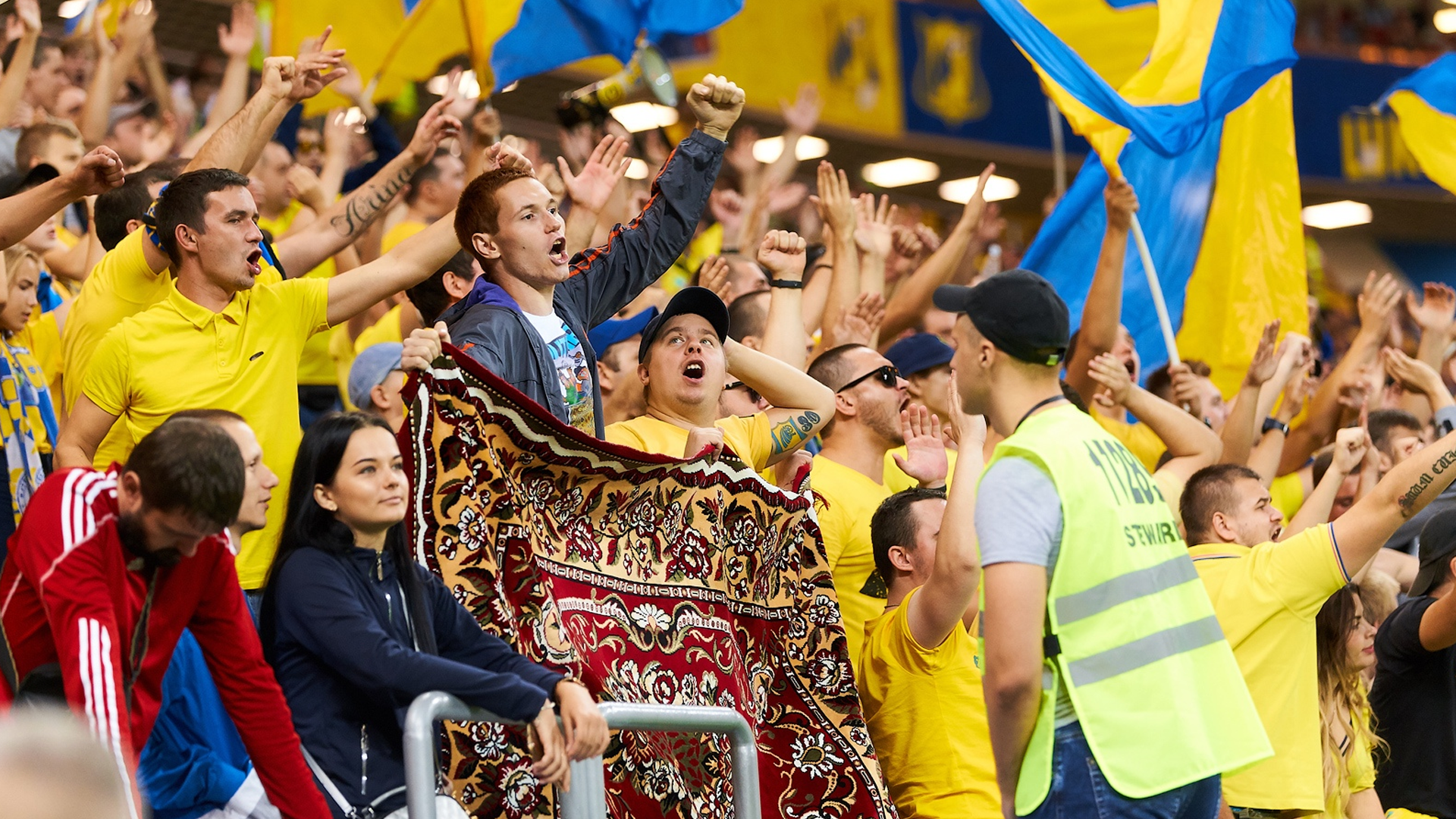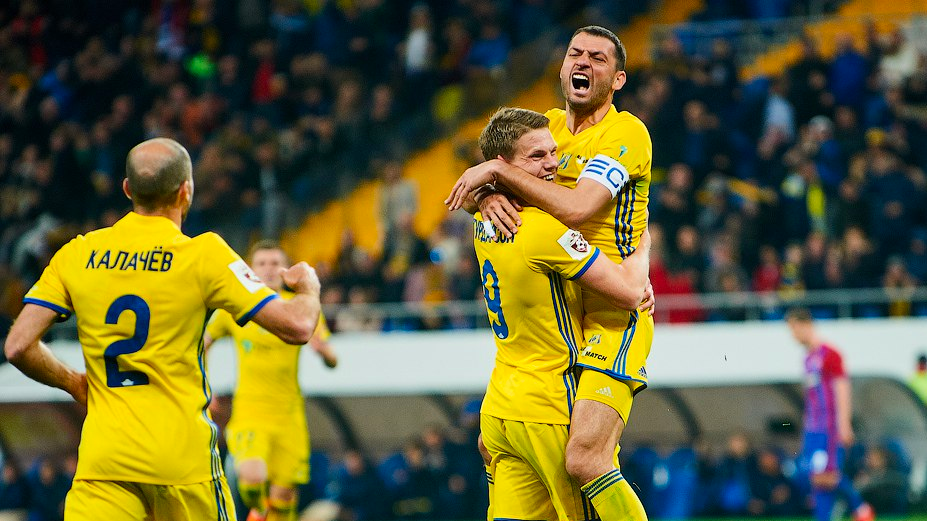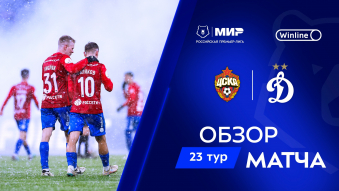On 13 May 2018 the 45,000-seater Rostov Arena, built for the World Cup, was officially opened in Rostov-on-Don.
Stadium on an artificial island
The Rostov Arena is located on the banks of the Don river, and the construction of the stadium initially required filling in the embankment area, which was prone to flooding. "It is necessary to make alluvium and shore protection, or in other words to make an artificial island. We have calculated that the platform should be raised to a height of 5-6 metres," said Sergey Trifonov, Deputy Governor of the Rostov region, in November 2012.
Construction of the arena itself began in January 2015. In the summer, the general contractor reported that it was three to four months ahead of schedule. This rapid pace was also noted by the Governor of the region Vasily Golubev. In the course of 2017, he even spoke about the readiness to open the Rostov Arena in November, but the stadium was commissioned in March 2018. In April, Rostov beat SKA Khabarovsk and FC Tosno in the first test matches - both times 2-0 - and the official opening ceremony of the arena was held on 13 May at the game between Rostov and Ural Ekaterinburg. The hosts again kept a clean sheet, this time with a 1-0 win.
Since the 2018 World Cup, the Yellow-Blues have played all their home matches at Rostov Arena, helping them become one of the best clubs in the RPL in terms of attendance. Last season, their stadium attracted an average of 31,034 spectators; only Gazprom Arena in St. Petersburg had a better figure (48,244). After 22 matchdays of the current championship, FC Rostov boast the third-highest attendance after Zenit and FC Krasnodar.
Most Memorable RPL Match: Rostov 3-2 CSKA (9 March 2020)
Since Valeriy Karpin took charge of FC Rostov, they have beaten the Armymen three times in the five meetings. However, after the victory in March, the head coach called his team’s game "a disaster". Even in the first half, the hosts, who had a numerical advantage from the 20th minute, missed a penalty and conceded to an Arnor Sigurdsson strike. Roman Eremenko - who had missed from the spot - then drew FC Rostov level.
At the start of the second half CSKA went down to nine men, then Ivelin Popov put FC Rostov in front with a penalty, and the third goal past Igor Akinfeev was scored by ex-CSKA man - and FC Rostov debutant - Pavel Mamaev. Even after two clearances, the visitors could have snatched a draw: Maksim Osipenko turned the ball into his own net, but in the 86th minute Sergey Pesyakov kept out Fedor Chalov’s spot kick.
Most Memorable 2018 World Cup Match: Belgium 3-2 Japan
The only knockout game at the Rostov Arena turned out to be the most productive and dramatic of all five tournament fixtures hosted in Rostov. By the 52nd minute, the nominal visitors were winning 2-0 thanks to Genki Haraguchi and Takashi Inui. Jan Vertonghen pulled one back, then the substitutions of head coach Roberto Martinez paid off. Marouane Fellaini equalized, and in the fourth minute of added time, the Belgians fought back from a corner as Nacer Chadli scored the winner from a counterattack.
Despite such a dramatic departure from the tournament, the Japanese did not forget about their tradition. Fans cleaned up rubbish in the stands, and team employees left a note in the dressing room that said "Thank you" in Russian.
"The stadium in Rostov is much better than many European arenas”
FC Rostov played for the first time at the new arena under Karpin, but his first matches with the team were held at the 15,000-seater Olimp-2 stadium. "It was one thing to play at our native Olimp stadium, but still the Rostov Arena is on a different level," the coach told the club's press service before the start of the 2018/19 season. “I remember the energy of the stadium during the game with FC Ural. It was a completely different experience."

"It was hard to move, because all our big wins were at Olimp-2," recalls former FC Rostov captain Alexandru Gatcan, who played for the team from 2008 to 2019. “We had a special aura at that stadium, we didn't lose at home in the RPL for two consecutive years. At first it was difficult to leave there, but for all the fans, the new Rostov stadium is cooler, it has all the conditions for their comfort.
“The Rostov Arena is more spacious, so the team feels more support, which local fans are famous for. The matches were attended by 30-35 thousand spectators. When there are so many people in the stands, it's a completely different atmosphere: everyone is pushing forward, and you can't play poorly. For me, all the matches that we won at home are memorable, but the goals are even more memorable, so I would highlight my goal against Spartak," says Gatcan about the match that Rostov won 2-1 in April 2019.

The first goal in the history of the stadium was scored by striker Bjorn Sigurdarson, one of the three Icelanders who then played for FC Rostov. "The emotions from this arena are simply overwhelming. This stadium is definitely much better than many European arenas. As for my goal, it's fantastic to score the first goal in a new arena! But more importantly, we won,” the forward told reporters after the match against SKA Khabarovsk.
"The media facade was made outside the main project”
Sabina Mammadova, head of the Department of Architectural Planning at Tsniipromzdaniy, said that the Rostov Arena project was changed several times. The first version was similar to the Ak Bars Arena (previously called Kazan arena), but it had a sliding roof. According to Mammadova, it was abandoned in favour of a more original idea proposed by the English architectural firm Populous, with a roof designed in the form of two wings.
The project itself was rejected due to non-compliance with FIFA requirements, but the Populous roof design was preserved in the next version, which was presented in 2014. However, in the end, these ‘wings’ were abandoned. "The stadium in Rostov-on-Don is located in an area with high seismic activity for such structures," the SBK magazine quoted Mammadova as saying in September 2019. "Calculations have shown that all these beautiful lightweight structures and shrouds need to be strengthened."
The updated project was presented in March 2016, which now saw the roof become whole, not divided. Later in the winter, work began on installing a media screen on the entire facade of the arena. Initially, it was not planned, and the president of the general contractor Crocus Group, Aras Agalarov, explained that the company "wants to do better than expected".
"There will be a media facade on which you can ‘write’ anything, while the roof will light up," Agalarov said. “These things are not provided for by the project and are made outside of the main project details. This is done so that the stadium will be an object that will be talked about around the world."
The text uses quotes from the official website of FC Rostov, RIA Novosti, TASS, and the magazine ‘SBK. Sport. Business. Consulting’
 Российская премьер-лига
Российская премьер-лига
 News
News 




